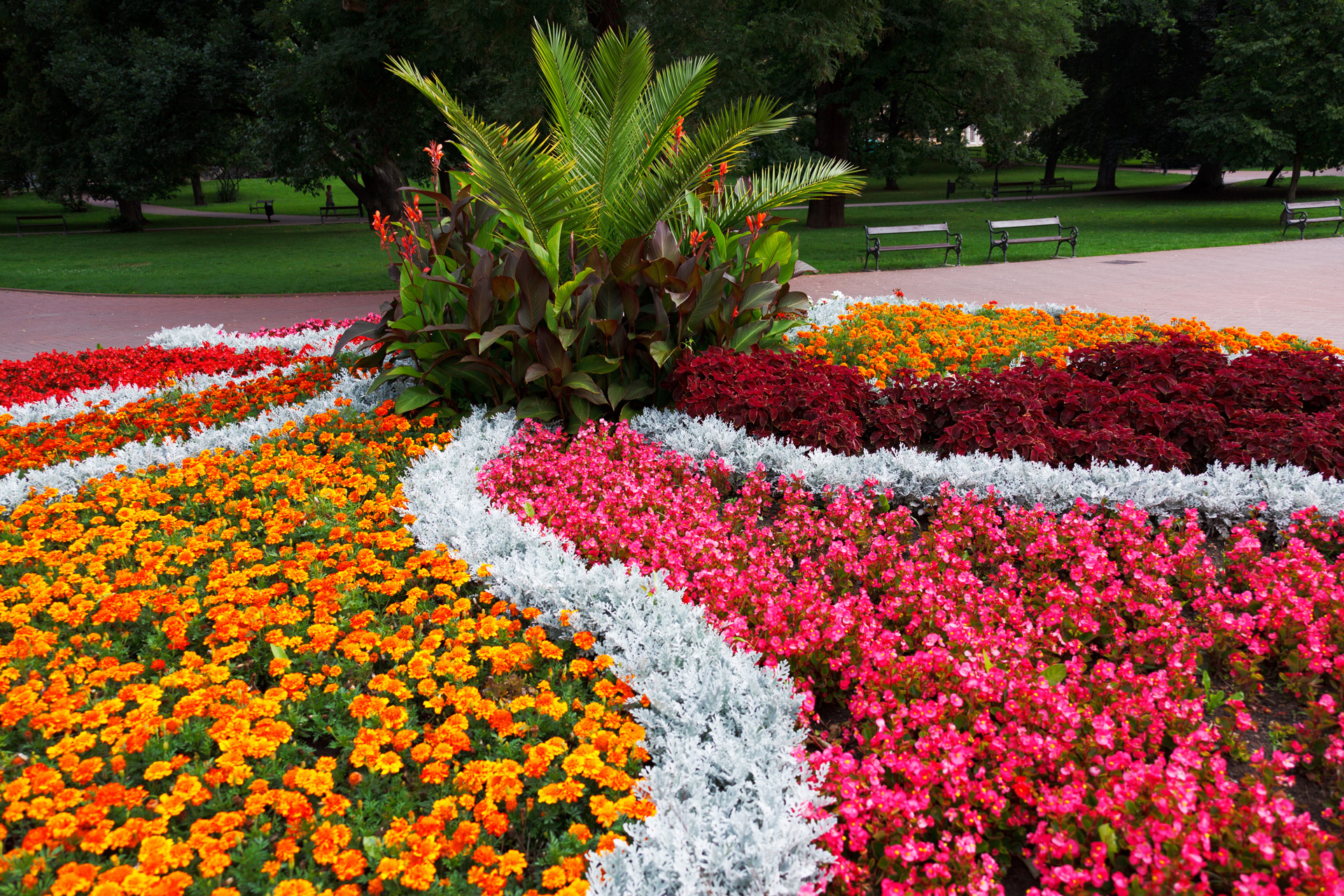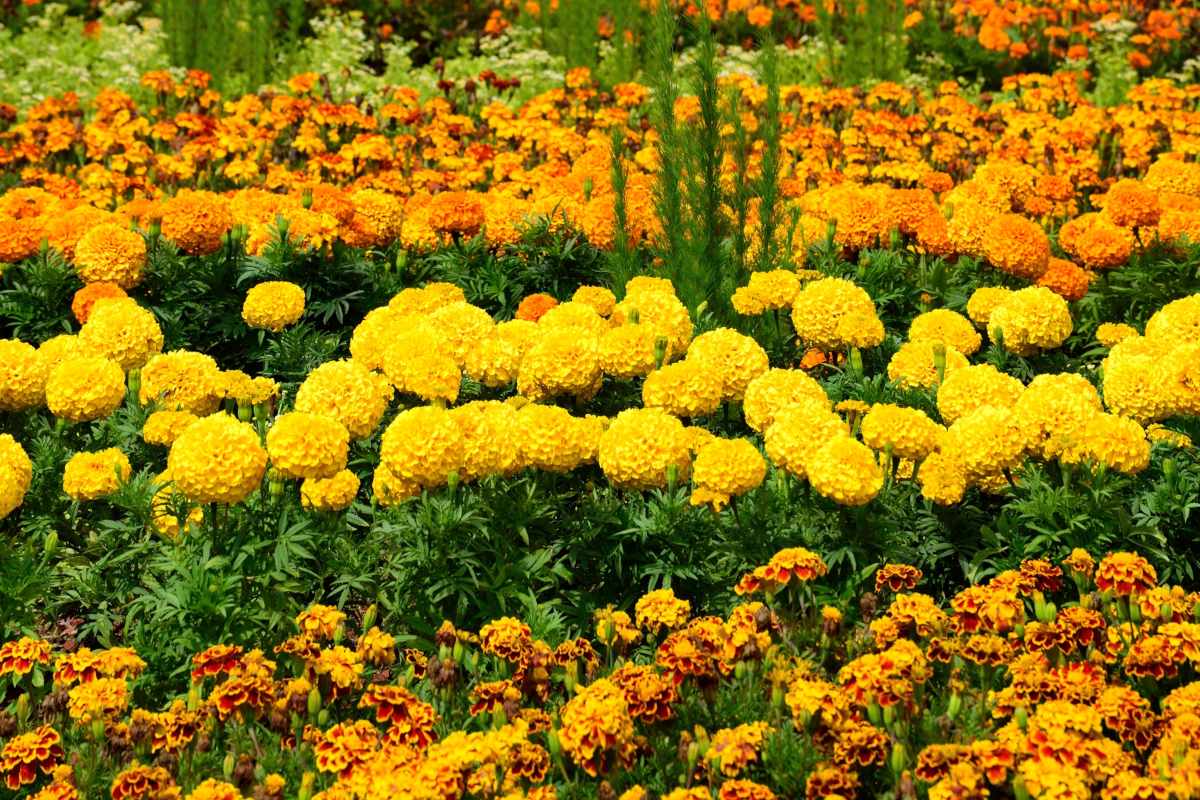Table Of Content

In the center is a butterfly wing shaped bed taken at the Michigan State Children's Garden. The photo on the right shows a series of small island beds that use mailboxes as their anchor. While using herbicides can effectively kill grass, it may not be suitable for planting until much later, as most of these are not environmentally friendly.
Ongoing Garden Care and Maintenance
I consider the bloom time of perennials and annuals to ensure continuous flowering. For instance, early spring bulbs can give way to vibrant summer blooms and then to rich autumnal tones. It’s also vital to mix different forms and textures for visual interest. I make a list of desired plants, considering color schemes and height discrepancies for visual layering, ensuring tall plants don’t overshadow smaller ones in the front. The size and shape of a flower bed should blend seamlessly with the landscape’s design.
Flower Gardening for Pollinators
Natural fertilizers often release nutrients slowly and therefore last a long time. This slow-release characteristic can also translate to lower levels of environmental pollution as the nutrients leach into groundwater and surface water bodies. This process will help the patch that you’ve chosen to be better able to support the flowers that you want to grow. There are all sorts of amendments you can add to your soil to improve its quality, but there are a few that are especially indispensable.
Date 8 Weeks Ago: Planning Your Spring Garden Timeline
15 No-Fuss Garden Plans Filled With Plants That Thrive in Full Sun - Better Homes & Gardens
15 No-Fuss Garden Plans Filled With Plants That Thrive in Full Sun.
Posted: Mon, 22 Jan 2024 08:00:00 GMT [source]
Most flowers prefer loamy, well-draining soil, but this preference varies depending on the variety you want to grow. "Plants will only perform their best when the soil is compatible with their needs," says Roger Davis, outdoor landscape manager at Longwood Gardens. But if you prefer the simplest solution, there are raised flower bed kits that supply everything you need and easily snap together without sawing or hammering. The other thing to consider when planning your plant placement is that it is often best to use groupings of at least 3 of the same plant together.
Building Raised Beds
A layer of mulch or compost on the top of the soil will help keep weeds from growing, makes for a neater look overall and will also help maintain moisture in the soil. You'll also want a variety of colors and foliage variation for dimensions an interest, unless your going for a more modern one-dimensional look (it's your garden, you can choose!). Choose plants with a different leaf shapes, variegated leaves, textures, and colors. Foliage can provide visual interest even when flowers are not in bloom, ensuring that your space remains attractive throughout the seasons. Firstly, you can exercise your creativity and express your personal style.
Removing weeds and preparing the bed for planting
Otherwise, the plant stems stay wet, which invites pests and diseases. Instead of digging out all the grass, get a lawn mower and cut your grass as low as possible, similar to what Gardening with Mama Bird did. Cover the rest of the area thoroughly with cardboard; this will act as a weed barrier. Hooked and Rooted recommends using pallet cardboards, typically sandwiched between water cases in large retailers. You can also use paper grocery bags, especially around corners. Layer it with one to two inches of compost before topping it off with 3-inch-thick mulch.
Choose Long-Lasting Blooms
I use annual flowers toward the front where they can be changed out without disturbing the rest of the planting, and place perennials behind. I focus on the plant’s lifecycle when selecting species for my garden beds. I mix perennials, which return each year, with annuals that bloom for one season to ensure a dynamic display. For structural backbone, I incorporate shrubs and even small trees. Once the area is weed-free, prepare the garden bed for planting by loosening the soil.
A layer of organic mulch helps maintain moisture, suppress weeds, and breakdown naturally to enrich the soil. I avoid using herbicides and instead opt for environmentally friendly options like hand weeding or organic pre-emergent solutions that won’t harm the ecosystem. When I’m ready to plant, I use a shovel for digging to ensure that I loosen the soil to a depth of at least 12 inches. I then incorporate 2-3 inches of compost to enhance soil fertility. For planting seeds or seedlings, I make sure to space them appropriately, considering their mature size for optimal growth and moisture retention. If you remove the grass using a trench shovel or machine, you may need to till the soil to break up any remaining roots.

"Spring and summer are the main events for many flowering plants, so there will always be a lot of choice for these periods," says Thompson. Once you know where your garden will go, you can decide how you want it to look. The shape and size possibilities are endless and should be tailored to the recommended spacing for the plants you want to include. A flower bed gives you a place to plant colorful annuals, perennials, and shrubs that can fill your yard with beauty. Add a couple inches of compost around existing plants, work this into the top layer of soil a bit, if possible, but do not dig deep enough to harm the roots. Do not allow the compost to come into contact with the stems of the plants as this can promote disease.
Building a flower bed will make your exterior space that much more beautiful, but it can be awfully intimidating if you’re a new gardener. Rather than planting flowers that are all the same height, create dimension by growing blooms that are various sizes. Taller varieties planted behind dwarf varieties ensures all of your flowers get their time in the spotlight.
I also ensure that the area has good drainage to prevent waterlogging. The most important step in planting a new flower bed is to visualize the future. While your bed might not look like much when it's first planted, remember that in a few months it will be much fuller, taller, and more colorful. The key is anticipating the heights, colors, textures, and mass of all the various plants.
This will help you get an idea of where the plants are most likely to succeed. If your soil is full of clay, it’s going to waterlog easily, prevent draining, and stop root penetration from accessing nutrition for the plant. You’ll need to work in substrates like loamy topsoils and peat into the ground to improve the aeration and prevent clumping of the soil. It also ensures the even distribution and maturation of nutrients in the soil over the winter.
"With living mulch, you're not just cultivating a garden, but you're fostering a thriving ecosystem where plants work together to create a sustainable and beautiful environment." Designing and planting stunning flower beds is an exciting and rewarding endeavour that allows you to infuse your garden with colour and beauty. So, let your creativity bloom and get started on your own vibrant flower beds today using our How to Design and Plant a Flower Bed guide. Mulch is important for flower beds because it can help with water retention, weed prevention, and root insulation.
If the existing weeds are herbaceous plants, things like grass and chickweed, you will have an easier time. The best way to begin to prep this type of bed is to define the outline of the bed in the fall. It can sometimes be helpful to use a garden hose to determine the outline of the bed.

No comments:
Post a Comment